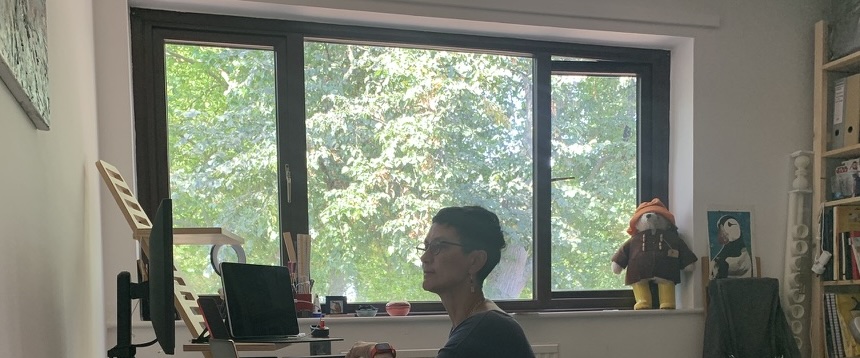The application to fell three trees on St Matthew’s Piece was rejected by the City Council planning committee today.
This application has had a lot of attention, and many residents attended the committee, to call for the protection of all trees. Several spoke including Friends of St Matthew’s Piece and Petersfield Labour ward councillors.
Unusually, there was no recommendation on whether the application should be accepted or refused, but the reasons for refusal were clear and strong. The debate that followed was rigorous and acknowledged the many residents who took time to write into object.
The final, formal reason for refusal was comprehensive and robust. The decision was unanimous.
This is what I said in my statement:
I’m here as a ward councillor to speak against the proposal to remove these three valuable trees.
Previous objectors have made a very strong case to refuse the application. I believe that the extensive questions raised by Friends of St Matthew’s Piece about the evidence have not been adequately addressed. You now have an amendment sheet which is a concise description of reasons for refusal. I hope that you will consider all of these points as you make your decision.
I want to speak about why these trees matter in a wider context, because the three trees you are considering are part of a group of trees, located in a precious space in the centre of the city.
They aren’t part of a grand design or landscape, but are part of a people’s park, created in December 1891 when the Mayor, Aldermen and Burgesses of the Borough of Cambridge bought 1.67 acres of land on Sturton Street to be a recreation ground for the parish of St. Matthew and the neighbourhood.You have heard from the officers about the amenity and significance of these trees. I want you to think about them in that context.
St Matthew’s Piece was carved out of the city for the benefit of the railway workers living in nearby cottages. At that time gardens were not places to drink Pimms in the summer, but were working allotments to feed the family. The piece was intended to help alleviate the effects of poverty and promote physical and mental health.
These benefits are as important now as 125 years ago, and the trees are a vital part of this. There are other benefits that come from having a range of trees of different ages, species, and sizes, and of having sufficient mature tree cover to create a micro-climate.
There is evidence showing that there are urban heat islands around north Petersfield, where the structures such as buildings, roads, and other infrastructure absorb and re-emit the sun’s heat more than natural landscapes such as forests and water bodies.
Our urban areas, where these structures are highly concentrated and greenery is limited, become “islands” of higher temperatures relative to outlying areas.The trees in St Matthew’s Piece help to mitigate the affects of the urban heat islands and the worsening affects of climate change – increased temperature, dryer periods and heavier rainfalls. It was a haven of cool tranquility during the hot summers that we have had the last few years.
Removing three trees on the edge of the park will have an impact across the whole area, reducing biodiversity, changing shade and airflow, and affecting the overall appearance of the Piece.
Removing these trees will diminish the value to the many overlapping and supportive communities that use the park, including children’s groups, faith groups, parents meeting after school or nursery while their children play, those walking their dogs or doing Tai Chi in the morning, the young people who occupy the basketball court in the afternoon.
And removing these trees will do symbolic damage to the park as a promise made by the victorian Mayor, Aldermen and Burgesses over 130 years ago.So, let me ask: is it right to remove the trees based on the reason set out in the application?
No is the answer. Their value is too great and the evidence in support of removal completely inadequate.
If you refuse, we may see an appeal or legal challenge, and this may incur costs. We don’t know what will happen, although you may consider these unknowns as you decide.I hope that we have shown the enormous value of these trees and the social, biodiversity, and symbolic importance of the park they are located in, and given you reasons to safeguard them
